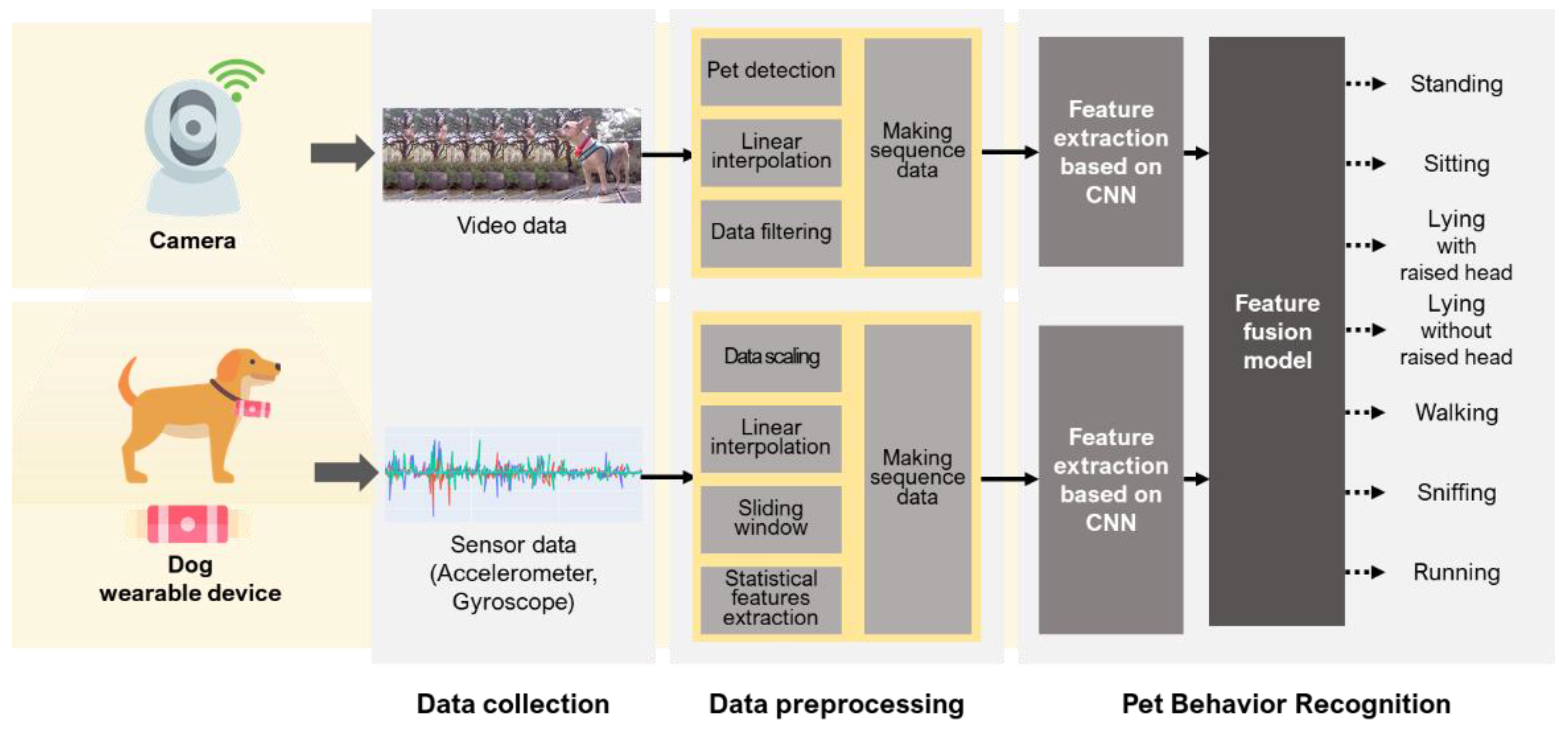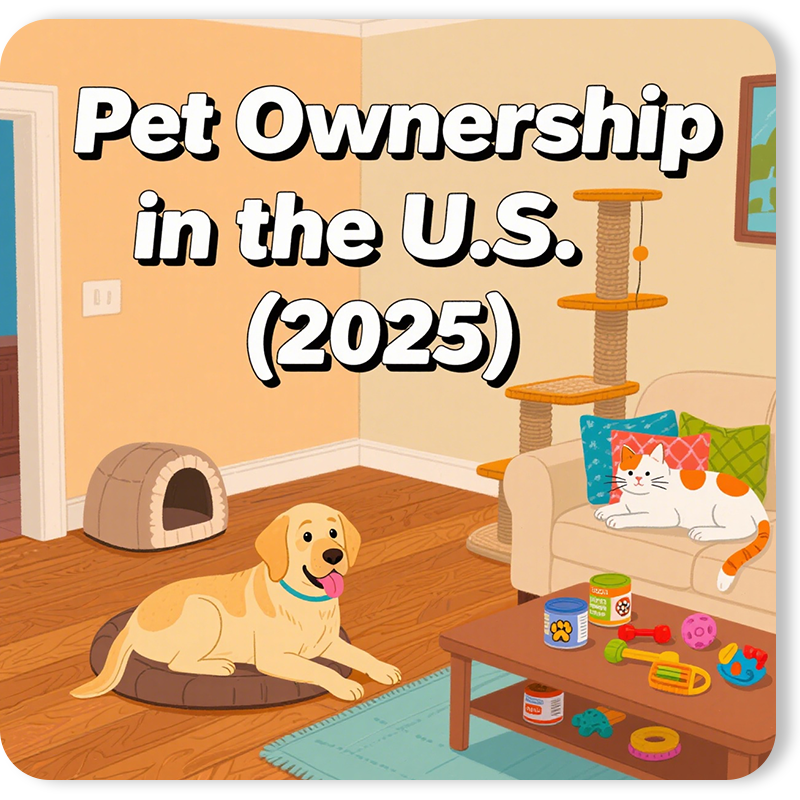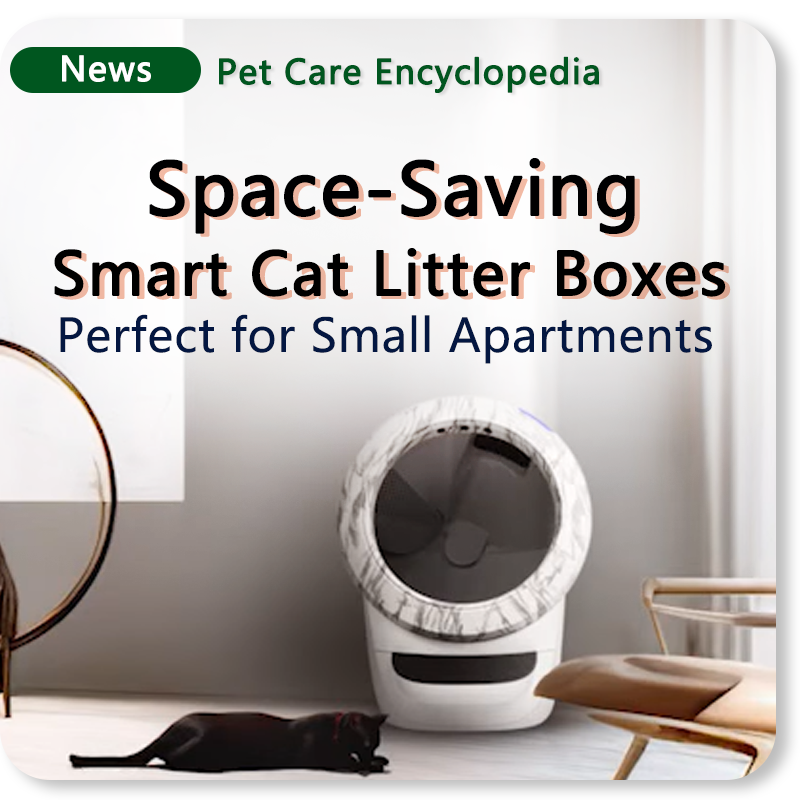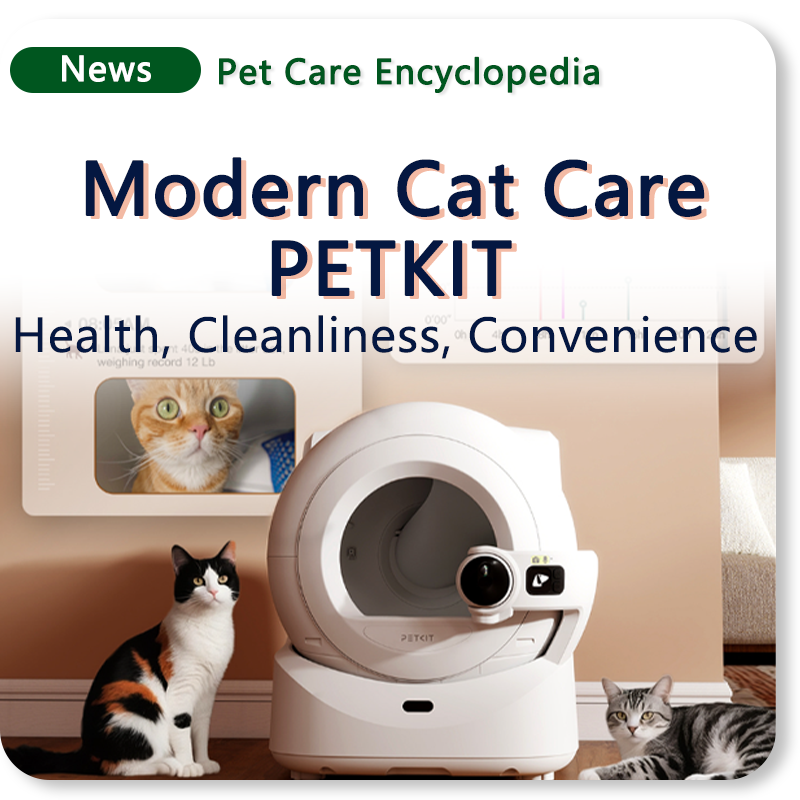Smart Pet Product Trends in 2025
Date: 2025-10-11 Categories: Trends Hits: 923
Smart Pet Product Trends in 2025
Contents
1. Market Growth
The smart pet product market continues to expand rapidly as pet owners embrace technology to improve daily care and health management. According to market reports:
The global smart pet products market was valued at USD 4.885 billion in 2024 and is expected to reach USD 28.178 billion by 2033, growing at a CAGR of 21.3% (Market Growth Reports).
Another report forecasts the pet tech market to hit USD 9.28 billion by 2025, with a CAGR of 14.3% (Coherent Market Insights).
The smart home pet device segment alone is projected to grow from USD 2.78 billion in 2024 to USD 2.88 billion in 2025 (The Business Research Company).
Key growth drivers include:
The rise of “pet humanization”, treating pets as family members
Busy modern lifestyles demanding automated, time-saving solutions
IoT, AI, and 5G advancements lowering sensor and hardware costs
Growing demand for health monitoring and remote supervision
Summary: 2025 marks a turning point for the pet tech industry — shifting from novelty gadgets to integrated, data-driven smart care ecosystems.
2. Popular Features and Innovations
Smart pet products in 2025 are no longer just about automation — they're about connection, prediction, and care personalization.

| Feature Category | Example Applications | What Drives It |
|---|---|---|
| Health & Activity Monitoring | Smart collars tracking heart rate, sleep, and activity | Real-time data for early health alerts (GMI Insights) |
| Behavior & Emotion Recognition | Cameras using AI to detect anxiety, barking, scratching | Helps owners prevent stress or behavioral issues (Gingr Blog) |
| Smart Feeding & Nutrition | AI-adjusted feeding schedules based on age, weight, activity | Reduces overfeeding and food waste |
| Location & Safety Systems | GPS trackers, virtual fences, escape alerts | Peace of mind for owners of active pets (The Verge) |
| Interactive Toys & Engagement | Laser toys, ball throwers, motion-triggered play | Keeps pets active and mentally stimulated |
| Home Integration & Automation | Smart litter boxes, pet doors, climate-controlled pet houses | Expands pet care into the smart home ecosystem (Design 1st) |
| AI + Connected Services | Online vet consultations, health records, AI training suggestions | The "device + platform + service" model defines next-gen pet tech |
Hot Products in 2025:
Fi Series 3 Plus smart collar — tracks barking, scratching, licking, and feeding behaviors with Apple Watch integration (The Verge).
Fi Mini GPS Tracker — ultra-compact device for cats and small dogs, providing real-time location updates.
LavvieTag Pro by Purrsong — an AI-powered health collar integrated with Samsung SmartThings, showcased at CES 2025 (The Australian).
SATELLAI Smart Dog Collar — combines GPS tracking, virtual fencing, and AI behavior training (NY Post).
These innovations highlight the shift toward integrated smart ecosystems combining hardware, data analytics, and digital services.
3. Consumer Interests and Adoption Drivers
The growing acceptance of smart pet technology is strongly shaped by consumer psychology:

Pet-as-family mindset
Owners want to provide the same quality of life and health monitoring for pets as they do for themselves.
Peace of mind
Remote monitoring, smart alerts, and two-way communication reduce anxiety when pets are home alone.
Preventive health focus
Early detection is viewed as more valuable than post-problem treatment.
Lower tech barriers
Affordable sensors and cloud-based AI make advanced pet tech more accessible.
Subscription economy
More brands offer low-cost hardware with premium app-based analytics or veterinary advice.
Social media influence
Pet influencers on TikTok and Instagram drive strong product awareness (NielsenIQ).
For brands, trust, transparency, and reliable after-sales support are as crucial as product innovation.
4. Future Outlook
Between 2025 and 2030, several trends will shape the next evolution of pet technology:

1. Ecosystem Integration
Smart pet devices will seamlessly connect with platforms like Amazon Alexa, Google Home, and Samsung SmartThings, enabling multi-device interaction and automation. The model of hardware + platform + service + data will dominate the market.
2. Personalized AI Insights
With long-term data accumulation, AI models will deliver individualized health predictions, emotional recognition, and behavioral coaching tailored to each pet.
3. Lighter, Longer-Lasting Devices
Expect smaller, low-power designs such as micro sensors, smart textiles, and wearable "skin patches" that minimize discomfort.
4. Beyond Cats and Dogs
Future development may expand into birds, reptiles, small mammals, and even livestock or service animals.
5. Standards and Regulation
As predictive health functions grow, governments and industry bodies will likely introduce safety, data, and interoperability standards for smart pet devices.
6. Sustainability and Green Design
Brands will emphasize eco-friendly materials, recyclability, and low-energy consumption to align with global sustainability trends.
7. Emerging Tech Fusion
+ Biometric sensors for blood oxygen and heart rate
+ Non-invasive microchip implants
+ AR/VR experiences enhancing human–pet interaction
+ Genetic testing + AI nutrition planning integration
The smart pet revolution is moving from "connected gadgets" to connected wellbeing — blending data, empathy, and intelligence into everyday pet care.
5. FAQs: Smart Pet Products in 2025
Q1: What are smart pet products?
Smart pet products are IoT-enabled devices that use sensors, AI, and connectivity to automate and optimize pet care — examples include automatic feeders, smart collars, litter boxes, and water fountains.
Q2: What is the biggest pet technology trend in 2025?
The biggest trend is the integration of AI health tracking and predictive analytics, allowing devices to detect unusual patterns in activity, eating, or behavior before health issues occur.
Q3: Are smart pet products worth it?
Yes. They save time, provide real-time monitoring, and reduce health risks. For busy pet owners, these devices offer peace of mind and improved well-being for pets.
Q4: Which brands are leading in smart pet technology?
Top innovators include Fi, Purrsong, Tikpaws, and SatellAI, each offering AI-integrated collars, feeders, and litter systems for connected pet care.
Q5: What will the next generation of smart pet devices look like?
Expect lighter, wearable sensors, cloud-based vet connections, and sustainably built devices that align with eco-friendly lifestyles.
Q6: How can brands like Tikpaws stay competitive?
By focusing on usability, after-sales service, and eco-conscious design, while continuing to innovate in connectivity, data accuracy, and AI intelligence.




